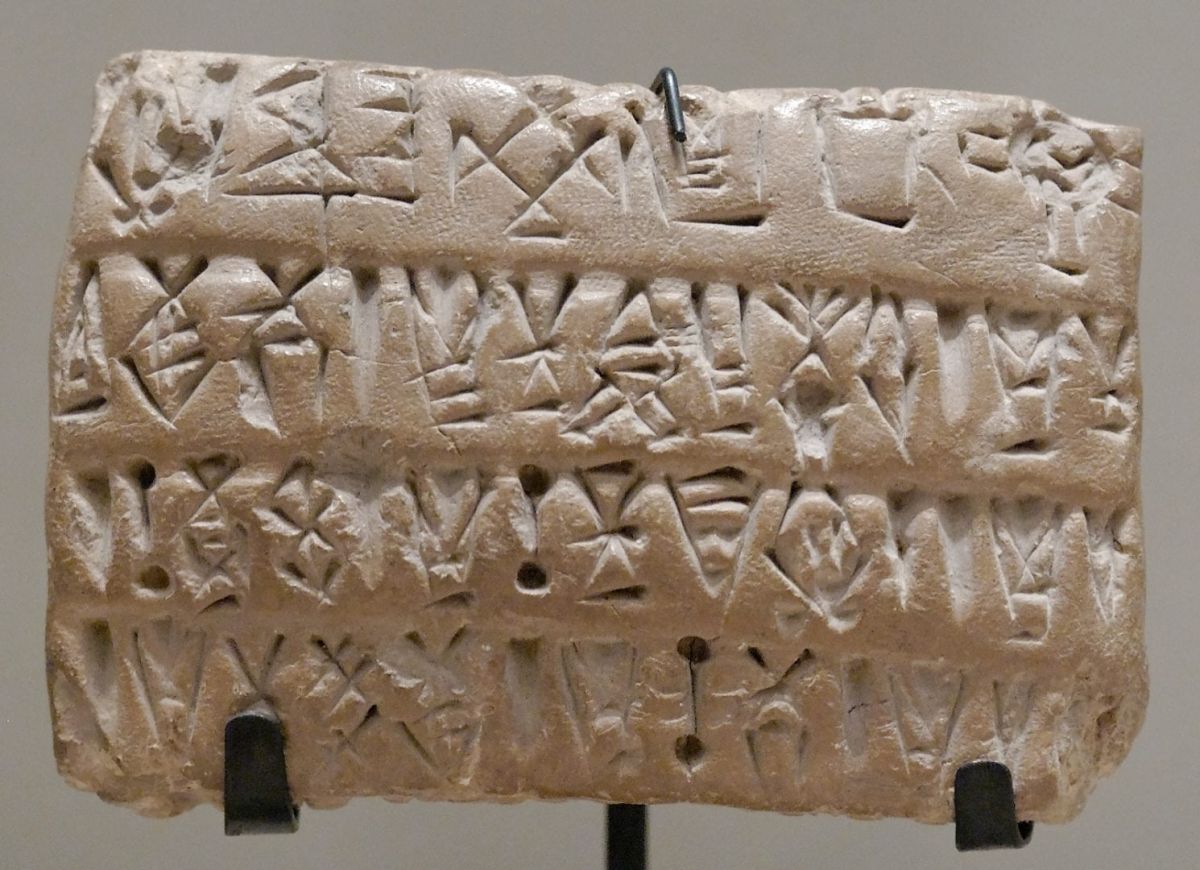A Stray Sumerian Tablet
By James Gill

On the 13th of March 2018, the Cambridge University Library published their findings on a Sumerian Tablet, their oldest written document. The clay tablet, dating back 4,200 years, was written by a scribe in ancient Iraq.
It consists of six lines of cuneiform script. One of the earliest systems of writing, cuneiform translates to mean “wedge shaped” embodying the manner of the markings carved into clay tablets at the time. The language of the inscription is Sumerian, which is the oldest written language, and the earliest texts in Sumerian date back to 3000 BC.
Originally the thumb-sized tablet was donated to the University in 1921 but disappeared until 2016, during research for the University Library’s 600th anniversary exhibition, ‘Curious Objects’. Senior Fellow at the McDonald Institute for Archaeological Research Professor Nicholas Postgate had this to say about the tablet:
“In the early years of the 20th Century, we have a disaster. The antiquities market in the West was flooded with thousands of cuneiform tablets. They had been ripped out of their original context in the sites where the illicit robbers were working and distributed across the world.”
“The tablets of an individual archive can be found in museums from Moscow, to London, to Chicago. We may be able to reconstruct what’s going on in the individual tablets and by comparison with the others in the archive as a whole but we can never reconstruct the physical archaeological context from which they came. There is a great loss of information there.
“The content of the tablet is very simple. It simply mentions a large quantity, 22 jars, of lard or egg fat. It gives the name of the responsible official and it states that this fat was dispensed in the city of Zabala.”
Following the exhibition, Postgate further examined the piece and he has plans to publish an academic paper on both the tablet and its wider context this year.







